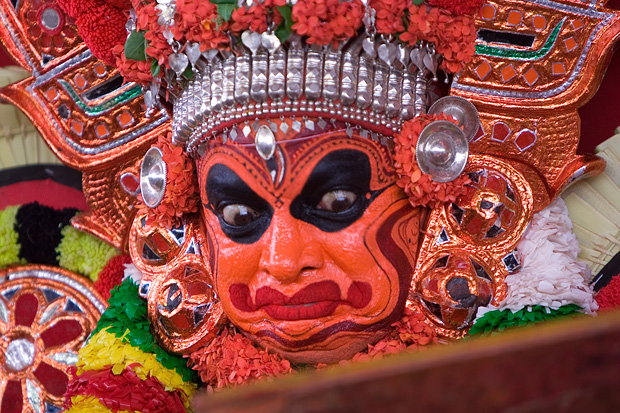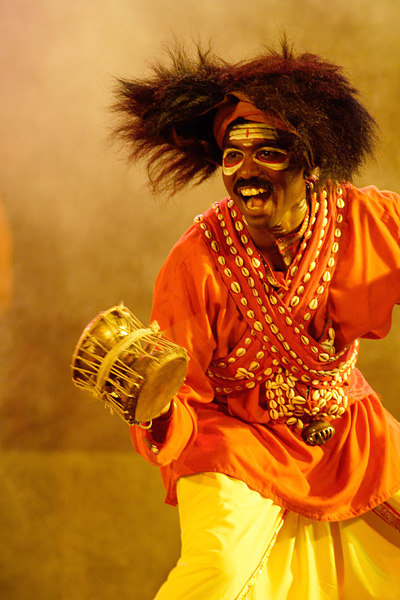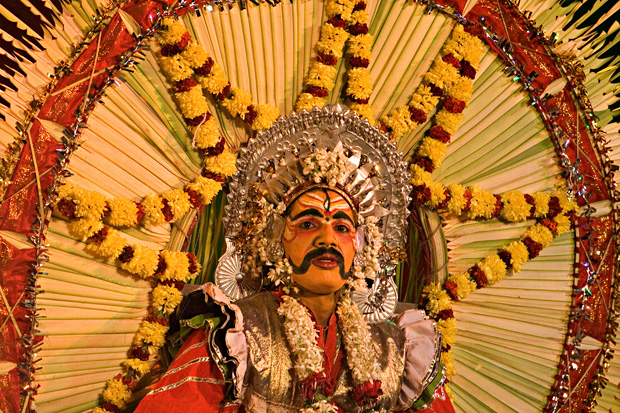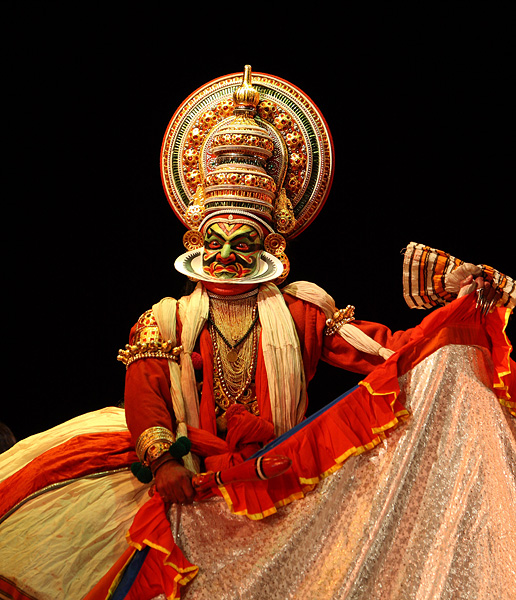Travel Photography: Freezing a performance
This article appeared in September issue of Terrascape, a travel magazine for which I am an editorial consultant and also write a column on photography. Read all the earlier earlier travel photography articles on India Travel Blog.
Across the length of the country, we see so many cultures that have their own distinct identities. The way of life, festivals, celebrations and art forms vary from state to state, and many times from one corner of a state to other. This month’s photo tips tells you how to capture such performances and stage shows.

Capturing performances can pose several challenges to the photographer. Low light can be a major problem in stage shows if they are held in the night. Distance to the stage may not enable the photographer to get up close with the artists. When the performance happens in an open arena, finding a convenient place to shoot and make space among the crowds is a difficult proposition. The swift movement of the artists can add to the challenge in all occasions.
Stay alert. Alertness of the photographer is important in capturing the right moment. Often, there is little time to get your camera in position, compose and then shoot. It can so happen that by the time you aim and focus, the artist would have moved on to the next step, leaving you without a shot of that special moment. The way out is to stay ready all the time, with the viewfinder cupped to the eye. In many occasions when the steps are repetitive, use predictability of the artist’s movement to your advantage. Using a tripod can help in keeping the camera always aimed. However, also remember that you loose the flexibility to quickly change the framing when using a tripod.

Get different perspectives. It is important to capture all possible perspectives of the show. A wide angle shot showing many artists and musicians spread across the stage gives the viewer an idea of what is happening. A close-up shot showing the elaborate make-up and facial expressions brings the subject alive and conveys the emotions involved to the viewer. Getting up close and focusing on the faces often helps make interesting images that showcases emotions like smile, laughter or even a crying performer.

Go backstage. Action behind the scene can be as exciting as the performance itself. If you are permitted to do so, go and watch the artists getting ready, applying makeup and wearing the costumes. You are guaranteed to see a lot of activity that can interest the photographer. Ask permission before you enter, as not everyone would be comfortable getting photographed behind the stage.

Using the right equipment. Unfortunately, some of these challenges in shooting stage shows can be overcome only with expensive equipment. Lenses with long focal length let’s you get close-ups even if you are not close to the stage. Professional photographers also use expensive lenses that can help make good images even in low light. Your camera’s capability to shoot in low light also plays an important role. Stage shows held in the night with limited amount of light can be shot well only if you have equipment that compensate for your hand’s vibration and have some inherent capability to record images in low light. If you can get them, use image stabilized fast telephoto lenses mounted on cameras that can deliver good quality at higher ISO.